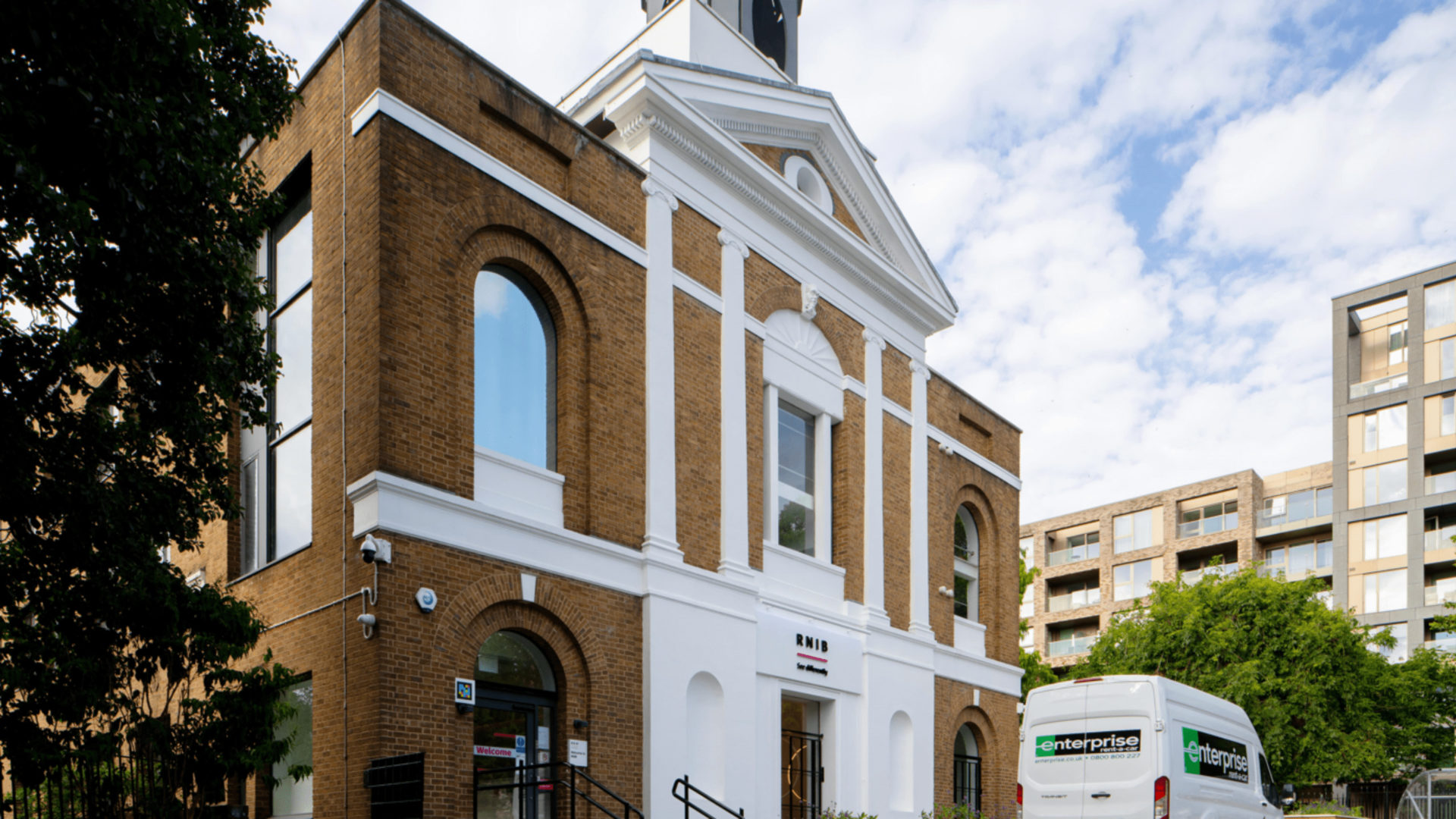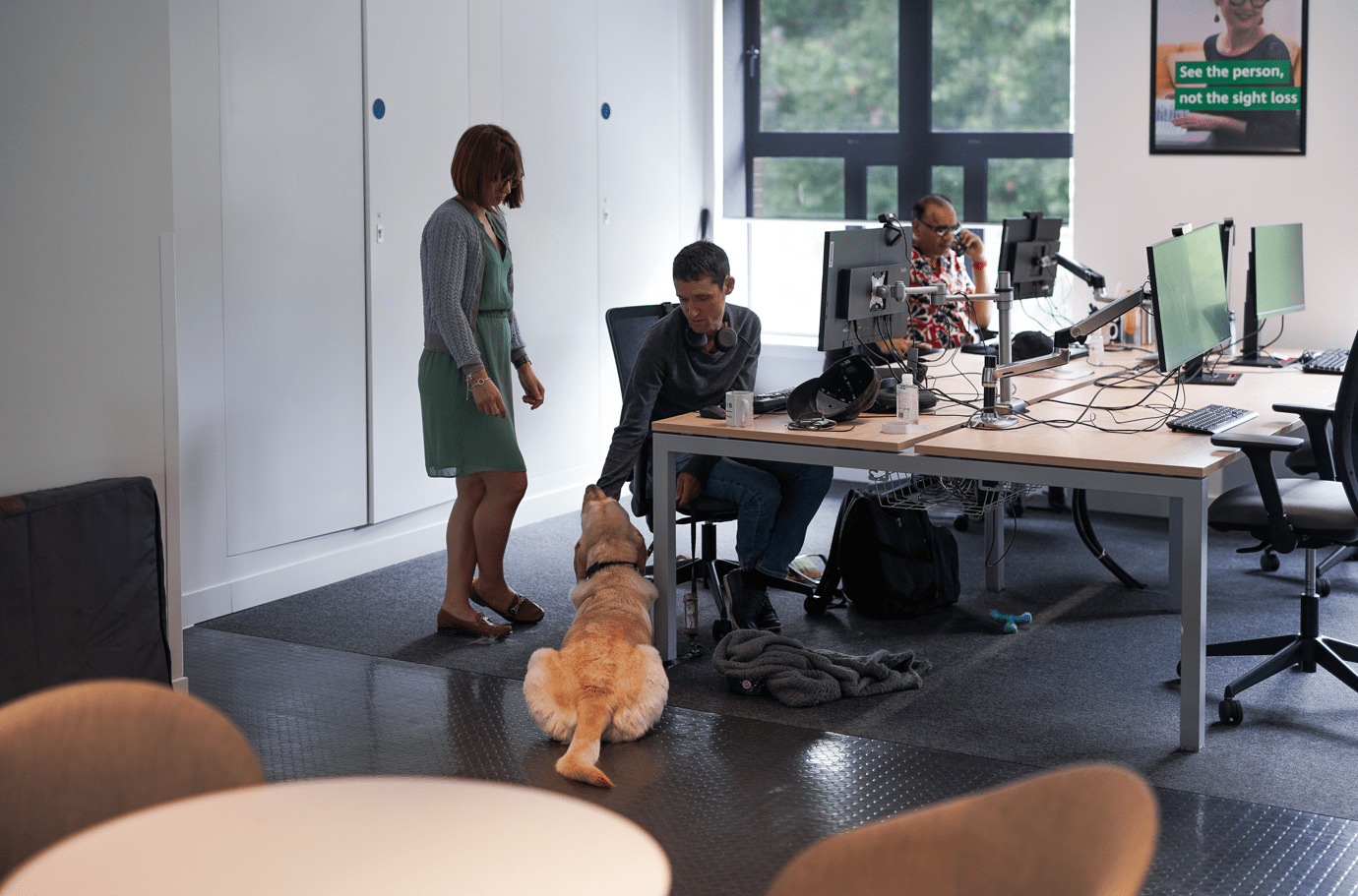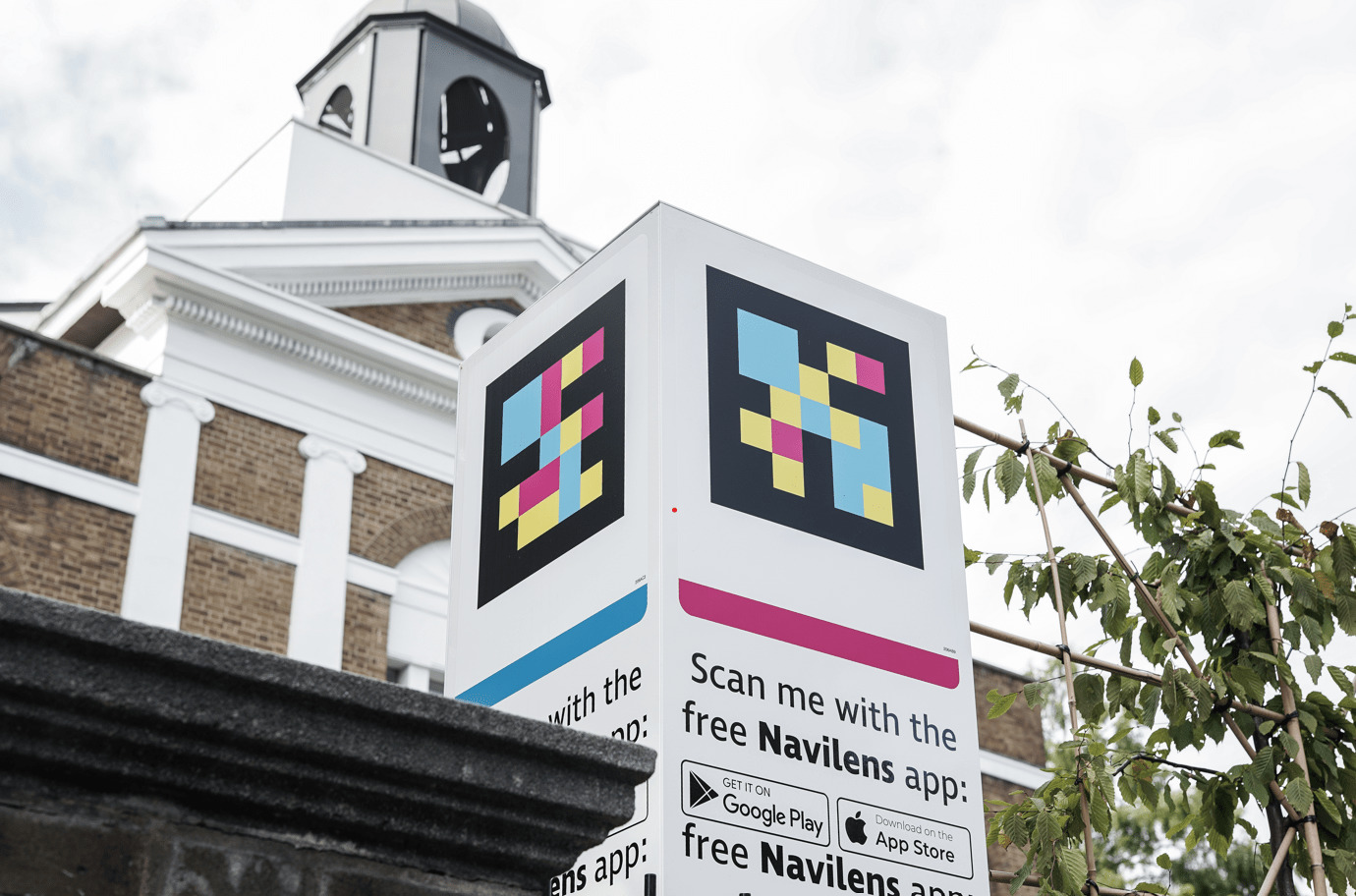
The new London headquarters of the Royal National Institute of Blind People (RNIB) is the first building in the UK to achieve a new BSI neurodiversity standard, according to the charity.
The Grimaldi Building, in King’s Cross, has been refurbished to be a fully accessible and inclusive facility for customers, patients, volunteers, supporters and staff.
It was designed by Buro Happold and Kay Elliott Architects in consultation with blind and partially sighted people.
The new offices incorporate features for people living with sight loss, following the BSI PAS 6493 ‘Design for the Mind – Neurodiversity and the Built Environment’ standard.
This new standard helps building designers mitigate the negative impacts of poorly designed spaces while addressing the needs of neurodiverse people. This includes people with autism, attention deficit hyperactivity disorder (ADHD), dyslexia and dyspraxia.
It is estimated that around one in seven people are neurodivergent. A significant number of people find elements of the built environment stressful or uncomfortable. This overstimulation, called ‘sensory overload’, can lead to increased anxiety, fatigue, and poor mental health in the workplace.

The building’s features
The building has visually contrasting surfaces – including floors, walls and furniture – that have a clear colour coded, tactile signage system with Braille, embossed text and symbols.
Ten Ecophon acoustic rafts suspended above the reception desk have incremental light reflectance values to show how visual contrast is measured. The building’s lift has voice annunciation, visual displays and tactile signage within it and on each landing.

Other features include NaviLens app points that blind and partially sighted people can access to locate information and interact with the environment around them; an embossed vinyl flare path indicating the main circulation around each floor; fully controllable lighting for both intensity and colour temperature to suit individual and group preferences; acoustics to reduce unwanted noise; and 3D printing to enhance areas and signs to ensure that items can be identified by touch.











